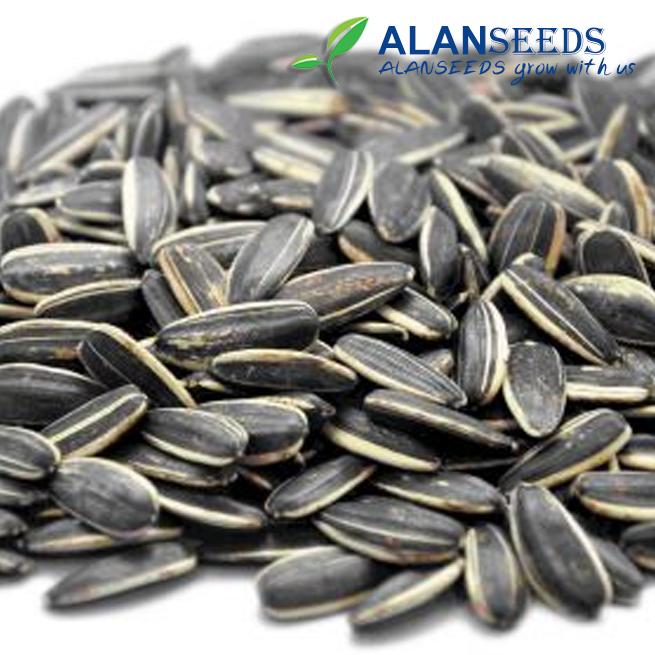Sunflowers are not only beautiful to look at but also relatively easy to grow, whether you have a spacious garden or just a small balcony. Here’s a simple guide to growing sunflower organic seeds in various conditions, from indoors to outdoors, and even in hydroponics or aquaponics setups.


1. Choose the Right Seeds:
- Opt for heirloom, open-pollinated, and non-GMO sunflower seeds. These varieties tend to have better flavor and resilience.
2. Indoor Growing:
- Select a pot with good drainage and fill it with a quality potting mix.
- Plant the seeds about 1 inch deep and water them lightly.
- Place the pot in a sunny spot, like a south-facing window, and make sure it gets at least 6 hours of sunlight per day.
- Keep the soil consistently moist but not waterlogged.
- As the seedlings grow, thin them out to leave the strongest one per pot.
3. Outdoor Growing:
- Sunflowers love sunlight and well-drained soil. Choose a spot with full sun exposure.
- Prepare the soil by adding compost or organic fertilizer to enrich it.
- Plant the seeds directly into the ground, about 1-2 inches deep and 6 inches apart.
- Water regularly, especially during dry spells, but avoid overwatering to prevent root rot.
- Protect young seedlings from birds and pests by covering them with netting or using organic pest control methods.
4. Growing in Grow Beds:
- Fill the grow bed with a nutrient-rich soil mix.
- Plant the sunflower seeds at the recommended depth and spacing.
- Ensure the grow bed receives adequate sunlight and water as needed.
- Monitor for pests and diseases, and take appropriate measures if necessary.
5. Hydroponics:
- Set up a hydroponic system with a nutrient solution suitable for flowering plants.
- Use a growing medium like perlite or rockwool to support the sunflower seeds.
- Provide ample light, either through natural sunlight or artificial grow lights.
- Maintain proper pH and nutrient levels in the hydroponic solution.
- Monitor plant growth and adjust nutrient levels as needed.
6. Aquaponics:
- In an aquaponics setup, integrate sunflowers with fish in a symbiotic environment.
- Ensure the water temperature, pH, and nutrient levels are suitable for both plants and fish.
- Plant sunflower seeds in grow beds or floating rafts, allowing their roots to access the nutrient-rich water.
- Monitor water quality regularly and make adjustments as necessary to maintain a healthy ecosystem.
7. Harvesting:
- Sunflowers typically bloom within 70-100 days after planting.
- Harvest the mature sunflower heads when the back of the flower turns yellow and the seeds appear plump and mature.
- Cut the flower head with a few inches of stem attached.
- Hang the harvested sunflowers upside down in a well-ventilated area to dry.
- Once fully dry, remove the seeds from the flower head and store them in a cool, dry place for future use or consumption.
Growing sunflowers can be a rewarding experience, whether you’re cultivating them for their vibrant blooms or delicious seeds. With the right care and attention, you can enjoy a bountiful harvest of organic sunflower seeds in no time!




